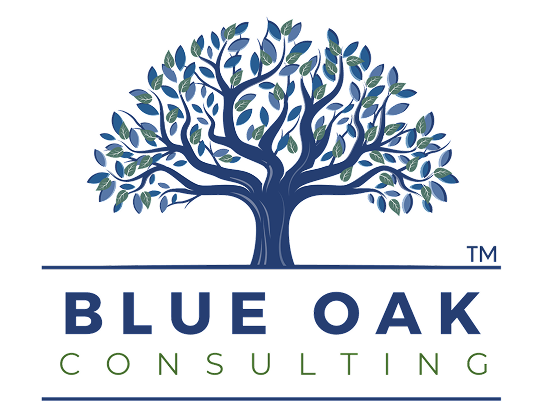Real profitability comes from how you run—not just what you sell.
For a long time, I thought “profitability” just meant raising prices or selling more.
But after working with dozens of manufacturers—and running a business myself—I realized something else:
Profit lives in your operations.
And more often than not, it’s hiding in plain sight.
Let’s talk about the real levers you can pull to get more from what you already have.
First: Stop Assuming You’ve Got a Pricing Problem
Yes, pricing matters. But it’s not always the culprit.
✔ If your margins are thin but your top-line looks fine, you might not have a pricing issue—you might have a production efficiency issue.
When I work with manufacturers, this is usually the first red flag:
“You’re making money—but it’s not showing up as profit. Why?”
The answer’s almost always in the process.
Lean Manufacturing Isn’t Just for Big Companies
The most profitable small manufacturers I know aren’t the ones with the biggest machines. They’re the ones who obsess over:
- Reducing waste
- Smoothing production flow
- Minimizing downtime
- Training staff to do more with less rework
You don’t need to roll out a comprehensive Six Sigma program. You just need to tighten the bolts on what you already do.
In fact, empirical research supports this approach. A case study of manufacturing firms in South Lebanon revealed that lean manufacturing practices had a significant positive effect on financial performance, with improved metrics for cost, quality, and profitability when non‑value‑added activities were eliminated.
Real example: One client shaved 8% off their per-unit cost by fixing a single bottleneck in their packaging line. That was pure profit.
Don’t Underestimate the Power of Your People
Here’s a wild stat I’ve seen play out again and again:
A skilled and coordinated team outperforms new equipment 9 times out of 10.
Hiring more people won’t fix a bad process.
Giving your current team better tools, clearer roles, and proper support? That’s where they improve margins.
✔ Cross-train your staff
✔ Share metrics with your floor team (they’ll actually care)
✔ Recognize and reward small wins tied to efficiency or cost savings
People want to win—they just need to know how.
Tech Is a Multiplier, Not a Magic Wand
You don’t need to rely solely on trendy tools or spend six figures on an ERP system right away.
But if you’re still using paper logs, gut feels, or 12-tab spreadsheets to manage production and inventory, it’s time for an upgrade.
Tools that help you:
- Track job costing in real time
- Predict material shortfalls
- Monitor labor efficiency
- Flag issues before they hit the floor
That’s how small manufacturers start acting like big players—without bloating headcount.
Profitability = Strategy + Execution + Rhythm
Here’s the formula I live by:
Profitability = Knowing your numbers + Doing something about them + Doing it consistently
It’s not flashy. But it works.
Profit Isn’t a Mystery. It’s a Discipline.
You don’t need to “land a big contract by chance” with a big contract or wait for a market shift to become more profitable.
You need to start asking better questions:
- Where are we leaking time, money, or energy?
- What’s our most profitable product—and how do we sell more of that?
- What could we improve by just 5% that would ripple through the whole system?
Then act on it. And build the habit of acting on it every month—not just at year-end.
That’s how profitability becomes a competitive edge.
Learn more at blueoakconsulting.net





